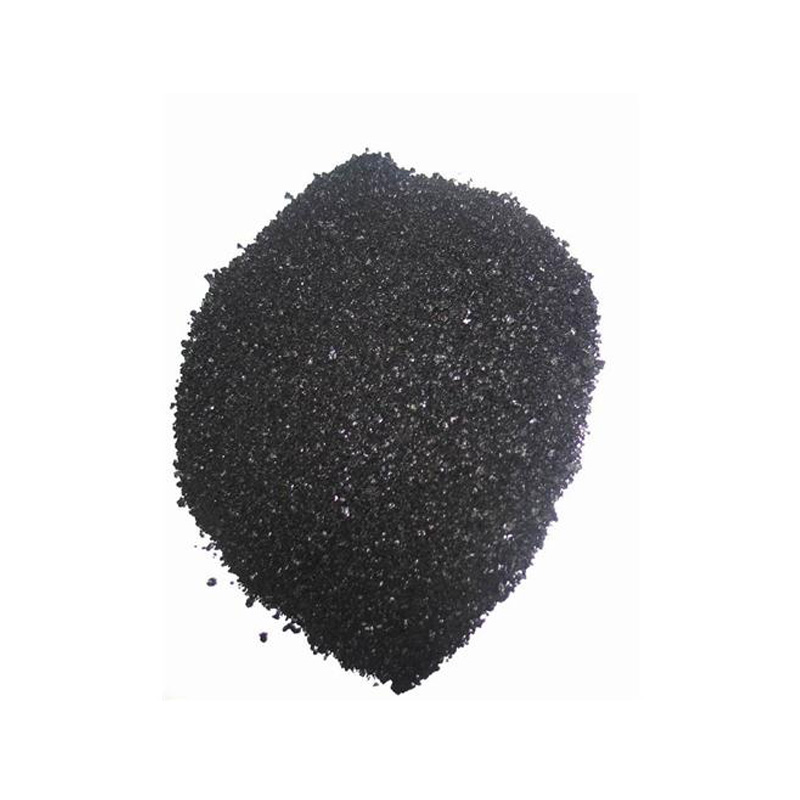The History and Uses of Indigo Dye in Textile Art
The Rich History and Modern Relevance of Indigo Dyestuff
Indigo dyestuff, known for its deep blue hue, has a captivating history that spans thousands of years, playing a significant role in various cultures around the globe. Derived primarily from the leaves of the indigo plant, particularly Indigofera tinctoria, this natural dye has been cherished for its vibrant color and its influence on textile industries and fashion trends.
The use of indigo can be traced back to ancient civilizations. Archaeological evidence indicates that indigo-blue fabrics were being produced in India over 5,000 years ago. It was also used in ancient Egypt, where blue dyeing was considered a valuable art. The process of extracting indigo dye involved fermenting the leaves of the indigo plants to produce a rich indigo pigment, which was prized for its colorfastness and vibrancy. For centuries, indigo dyeing was a labor-intensive process, requiring expertise to achieve the desired shades and effects.
Indigo's journey is also intertwined with the economies and cultures of various regions. In West Africa, indigo dyeing became a crucial part of textile traditions, with unique patterns and techniques passed down through generations. Similarly, in Japan, the traditional art of shibori combines indigo dyeing with intricate resist-dye techniques, resulting in stunning fabrics that reflect the cultural aesthetics of the region.
The importance of indigo dyestuff extended beyond aesthetics; it became a commodity in the global trade market. During the 18th and 19th centuries, indigo was a significant economic driver, especially in the American South, where it was cultivated alongside cotton. The plant's popularity was so pronounced that it was often referred to as “blue gold.” However, the reliance on indigo as a cash crop also contributed to the exploitation and enslavement of many individuals in the cultivation process, reflecting the complex and often painful histories associated with this dye.
indigo dyestuff

The advent of synthetic dyes in the late 19th century marked a turning point for indigo dyestuff. With the invention of synthetic indigo, produced by German chemists, the traditional processes began to wane. These synthetic alternatives were cheaper and easier to produce, leading to a decline in the natural indigo market. Yet, the resurgence of interest in natural and sustainable dyes has brought indigo back into the spotlight. Today, artisans and designers are re-embracing traditional dyeing techniques, recognizing the environmental and heritage value of natural dyes.
The modern fashion landscape has witnessed a revival of indigo dyestuff due to increasing consumer awareness about sustainability and ethical practices. Brands are now looking to incorporate natural dyes in their collections, emphasizing transparency in their supply chains. The rich, uneven colors achieved through traditional indigo dyeing techniques are sought after for their authenticity and uniqueness, contrasting sharply with the uniformity of synthetic dyes.
Moreover, the practice of indigo dyeing fosters community engagement and connects people to their cultural heritage. Various workshops and events are dedicated to teaching these traditional skills, enabling a new generation to appreciate and carry on these age-old practices. The social and economic benefits of reviving indigo farming and dyeing are significant, particularly for rural communities where these skills can help generate income and promote cultural heritage.
In conclusion, indigo dyestuff is more than just a color; it embodies a rich tapestry of history, culture, and sustainability. As we navigate the modern world, the revival of traditional indigo dyeing techniques not only honors our past but also provides a pathway towards a more sustainable and culturally aware future. By embracing the artistry and craftsmanship behind indigo, we can appreciate its significance and support a more ethical approach to fashion and textiles.
-
The Timeless Art of Denim Indigo Dye
NewsJul.01,2025
-
The Rise of Sulfur Dyed Denim
NewsJul.01,2025
-
The Rich Revival of the Best Indigo Dye
NewsJul.01,2025
-
The Enduring Strength of Sulphur Black
NewsJul.01,2025
-
The Ancient Art of Chinese Indigo Dye
NewsJul.01,2025
-
Industry Power of Indigo
NewsJul.01,2025
-
Black Sulfur is Leading the Next Wave
NewsJul.01,2025

Sulphur Black
1.Name: sulphur black; Sulfur Black; Sulphur Black 1;
2.Structure formula:
3.Molecule formula: C6H4N2O5
4.CAS No.: 1326-82-5
5.HS code: 32041911
6.Product specification:Appearance:black phosphorus flakes; black liquid

Bromo Indigo; Vat Bromo-Indigo; C.I.Vat Blue 5
1.Name: Bromo indigo; Vat bromo-indigo; C.I.Vat blue 5;
2.Structure formula:
3.Molecule formula: C16H6Br4N2O2
4.CAS No.: 2475-31-2
5.HS code: 3204151000 6.Major usage and instruction: Be mainly used to dye cotton fabrics.

Indigo Blue Vat Blue
1.Name: indigo blue,vat blue 1,
2.Structure formula:
3.Molecule formula: C16H10N2O2
4.. CAS No.: 482-89-3
5.Molecule weight: 262.62
6.HS code: 3204151000
7.Major usage and instruction: Be mainly used to dye cotton fabrics.

